Trying something new here, as I write real reviews, but use fake titles to protect against any pre-existing bias there may be. Let's see how it goes. After the jump, you can check out my reviews of The Ballad of Sheriff Punch and Identity.
The Female of the Species: Five Great Noir Heroines
It’s no secret that film noir is my favorite genre, and it’s similarly no secret that it’s an extremely male dominated one. Part of that is a function of the times- it was cooler to be sexist in the 40s and 50s when most noir came out*- but mostly it’s got more to do with the fact that most writers in the genre are male, and most writers write what they know (being male). There are exceptions to both those points, though not enough to either.
If you’ve read my last few books, it’s pretty obvious that I think noir works just fine- if not better- with female protagonists. So, lacking a better idea for a deeper/more inspired article today, I did what all internet hacks do when they’re out of ideas: I made a list of some of the great noir leading ladies who do exist. Enjoy.
I Don't Mind a Parasite: Casablanca's Establishing Character Moment
It should be clear to anyone who’s looked at the title or logo of this blog that I think Casablanca is a pretty great movie, but for whatever reason I’ve never written about it before. There’s a lot to say, so instead of trying to look at it holistically, let’s get extremely specific, and look at Rick Blaine’s establishing character moment.
Establishing character moments, for those unfamiliar with the term, are exactly what they sound like: they’re moments that establish a character. There are great ones (Paul Newman reusing a coffee filter in Harper), shitty ones (Superman whining about his media portrayal and tub-jumping Lois in Batman v Superman), and ones that are somewhere in between (most of them). They can come at any point in a story, though in general the sooner the better. Casablanca is such a densely written film that almost any scene in the first act could be taken in a vacuum as an establishing character moment, and every major character in the film gets a great one, but for now let’s just look at Rick’s first appearance and how much it tells us.
Read moreAbout Damn Time for Once Upon A Time, and Why I Write "So Many" Queer Characters
“Why do you write so many LGBT characters?”
I’ve always considered this a pretty stupid question, not least because I don't think I write all that many- or even enough- of them, but it’s one I get asked fairly often, and it’s one that seems especially relevant after last night’s “Once Upon a Time.” So, I’m gonna answer it here, and next time somebody asks me, I can at least get an extra blog view out of it.
None Of Us Are The Heroes We're Supposed to Be: On "Carmilla" and Character
“Carmilla” is a semi-adaptation of the original Lesbian Vampire™ novella. The original novella is plodding, homophobic, and mostly only significant for helping to inspire “Dracula” a few years later- though credit where it’s due, there are a few excellent lines (one of which lives on as the tagline of the webseries).
The webseries, meanwhile, is a character-driven opus that by all rights ought to be a steaming trainwreck- they’re limited to a single set and camera angle and can’t actually show much of anything important that happens- and ends up working on more levels than most of Alan Sepinwall’s “Peak TV” pantheon.

